Private schools are building luxury facilities in an “educational arms race” while minimising the amount they spend subsiding their fees for less well-off students, research says.
An in-depth study of private schools’ finances has found that by using “ingenious” accounting techniques, they appear to be spending more on scholarships that fulfil their charitable function than they actually do.
Three researchers analysed data from the Charity Commission and the annual financial reports and accounts of private schools in England, whose average charge for boarders was over £30,000 a year.
The researchers are: Dr Malcolm James, Head of Accounting, Economics and Finance at Cardiff Metropolitan University, Dr Rebecca Boden, of Tampere University, Finland, and Professor Jane Kenway of Monash University, Australia.
Dr James told the British Sociological Association’s online annual conference today [Tuesday, 13 April] that in 2018-19 private schools reduced their fees to 176,000 out of their 537,000 students, resulting in over £1 billion in loss of income.
However, the study of the accounts of 142 schools suggested that only 44% of this went to help less well-off parents with fees. The rest went to scholarships to students with sporting or musical talent who would enhance the schools’ reputations, or on discounts for teachers’ own children.
The £440 million given to reduce fees was shared between 44,395 students – an average of around £1,000 a head. Parents of just 6,118 students, around 1% of all private school students, received a full scholarship and the parents of a further 2% received remissions of 75-99% of fees.
“Given the levels of fees, the overwhelming majority of scholarship students still require very substantial family contributions,” said Dr James. “Many scholarships may, in practice, be awarded to middle- or upper-class families. Scholarships may therefore do little to make schools genuinely more socially inclusive.”
Dr James analysed the accounts of 142 schools and found that the scholarships were equivalent to around 5% of schools’ income. However, “the limited nature of the level and reach of scholarships may be obscured by exaggerating their costs in the schools’ financial accounts,” he said.
This was because schools put down the total cost of their scholarships as an expense in their accounts. But in reality, although they lost potential income by subsidising some students, these students did not cost much extra to house and teach because the infrastructure was already in place.
By this method of accounting, although legal, “schools might therefore appear more virtuous than they actually are and this might permit them to give lower levels of total fee remission than they actually could. Through ingenious accounting technologies, schools are able to provide remarkably little benefit to less-advantaged families.
“The accounting regime utilised by these schools permits a veil to be drawn over the actual cost of scholarships granted – effectively overstating it and thereby justifying a limitation on the numbers of students assisted.
“These ambiguities allow the schools to appear to provide public benefit whilst utilising accounting techniques to minimise access to students from lower income families. Even so, they virtue-signal their generosity.”
Dr James said that the study found that in real terms, private school fees had tripled since the early 1980s, with their total annual capital expenditure rising from £247 million in 1997 to £794 million in 2009, declining to £771m in 2013.
The schools were using their income to “build ever more substantial and luxurious facilities in an educational arms race designed to attract high-end clientele and to justify high fees. Any decisions to improve facilities inevitably drives up fees, effectively excluding increasing numbers of potential students.”
Most private schools were charities, he said, and fee remissions were the way in which they provided public benefit, as required by law. But the law set no firm targets for schools.
“The law determines no clear requirements regarding scholarship levels and permits surprisingly high income thresholds for access to fee remission. Our evidence points to the widespread exercise of this discretion in favour of maintaining the exclusive and elitist nature of the schools.”
- In 2020 there were an estimated 2,500 private schools in the UK, most in England, which were attended by about 630,000 school students, around 6.5% of the total number of school pupils. About 1,300 of these schools, including almost all of the most prestigious ones, have charitable status.
For more information, please contact:
Tony Trueman
British Sociological Association
Tel: 07964 023392
tony.trueman@britsoc.org.uk
Notes:
The British Sociological Association’s annual conference, its 70th, takes place online from 13 to 15 April 2021. Around 500 research papers are being presented. The British Sociological Association’s charitable aim is to promote sociology. It is a company limited by guarantee, registered in England and Wales. Company Number: 3890729. Registered Charity Number 1080235 www.britsoc.co.uk
For more information, please contact:
Tony Trueman
British Sociological Association
Tel: 07964 023392


